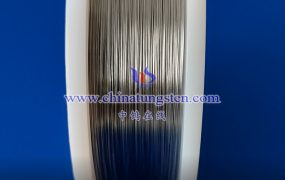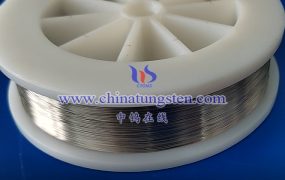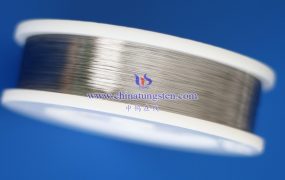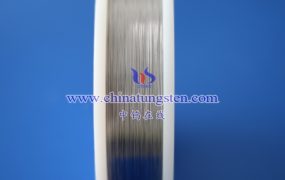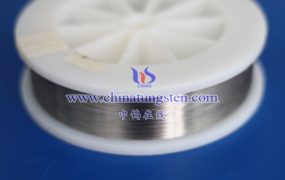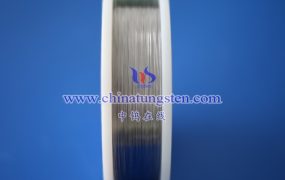Minimally invasive surgical tungsten needles are advanced surgical instruments with multiple uses. The following is a detailed introduction to the uses of minimally invasive surgical tungsten needles:
I.Hepatobiliary pancreatic spleen surgery
In hepatobiliary pancreatic spleen surgery, minimally invasive surgical tungsten needles can be used for a variety of surgical operations. For example, in cholecystectomy, minimally invasive surgical tungsten needles can be used to clamp the cystic duct and cystic artery to reduce the risk of bleeding and bile leakage. In partial hepatectomy, minimally invasive surgical tungsten needles can be used to clamp intrahepatic blood vessels and bile ducts to reduce bleeding and postoperative complications. In pancreatic resection, minimally invasive surgical tungsten needles can be used to clamp pancreatic blood vessels and bile ducts to reduce bleeding and postoperative complications.
II.Gastrointestinal surgery
In gastrointestinal surgery, minimally invasive surgical tungsten needles can be used for a variety of surgical operations. For example, in subtotal gastrectomy, minimally invasive surgical tungsten needles can be used to clamp gastric blood vessels and pylorus to reduce bleeding and postoperative complications. In intestinal resection, surgical minimally invasive tungsten needles can be used to clamp mesenteric blood vessels and anastomosis, reducing bleeding and postoperative complications. At the same time, surgical minimally invasive tungsten needles can also be used for gastrointestinal suture and hemostasis, improving surgical efficiency and safety.
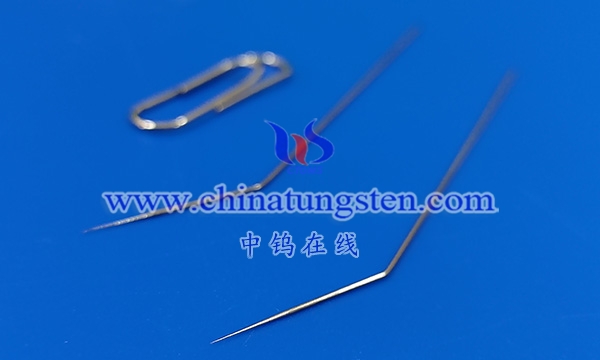
III. Urological surgery
In urological surgery, surgical minimally invasive tungsten needles can be used for a variety of surgical operations. For example, in partial nephrectomy, surgical minimally invasive tungsten needles can be used to clamp the renal artery and renal vein, reducing bleeding and postoperative complications. In prostatectomy, surgical minimally invasive tungsten needles can be used to clamp prostate blood vessels and urethra, reducing bleeding and postoperative complications. At the same time, surgical minimally invasive tungsten needles can also be used for urinary system suture and hemostasis, improving surgical efficiency and safety.
IV. Cardiothoracic surgery
In cardiothoracic surgery, surgical minimally invasive tungsten needles can be used for a variety of surgical operations. For example, in heart bypass surgery, surgical minimally invasive tungsten needles can be used to clamp coronary artery and venous anastomosis, reducing bleeding and postoperative complications. In lung resection, minimally invasive surgical tungsten needles can be used to clamp the pulmonary artery and pulmonary vein to reduce bleeding and postoperative complications. At the same time, minimally invasive surgical tungsten needles can also be used for cardiothoracic system suture and hemostasis to improve surgical efficiency and safety.
V. Neurosurgery
In neurosurgery, minimally invasive surgical tungsten needles can be used for a variety of surgical operations. For example, in brain tumor resection, minimally invasive surgical tungsten needles can be used to clamp cerebral arteries and cerebral veins to reduce bleeding and postoperative complications. In intracranial aneurysm resection, minimally invasive surgical tungsten needles can be used to clamp blood vessels and nerves around aneurysms to reduce bleeding and postoperative complications. At the same time, minimally invasive surgical tungsten needles can also be used for brain tissue puncture, fixation and other operations to improve surgical efficiency and safety.
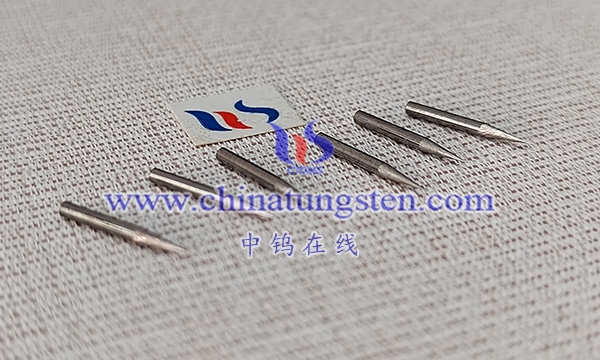
VI. Orthopedic surgery
In orthopedic surgery, minimally invasive surgical tungsten needles can be used for a variety of surgical operations. For example, in fracture fixation, minimally invasive surgical tungsten needles can be used to fix fracture sites and promote bone healing. In artificial joint replacement, minimally invasive surgical tungsten needles can be used to fix joint sites and improve replacement effects. At the same time, surgical minimally invasive tungsten needles can also be used for bone repair, strengthening and other operations to improve surgical efficiency and safety.
VII. Plastic surgery
In plastic surgery, surgical minimally invasive tungsten needles can be used for a variety of surgical operations. For example, in facial contouring, surgical minimally invasive tungsten needles can be used in micro plastic surgery and cosmetic surgery to accurately shape facial contours. In breast augmentation surgery, surgical minimally invasive tungsten needles can be used to support breast tissue and improve surgical results. At the same time, surgical minimally invasive tungsten needles can also be used in other plastic surgeries, such as abdominal plastic surgery, thigh liposuction, etc.
In short, surgical minimally invasive tungsten needles have a wide range of applications and uses. Due to its high strength, high hardness, high temperature stability and fine operation performance, it can play an important role in various types of operations. By using surgical minimally invasive tungsten needles, surgical efficiency and safety can be improved, the occurrence of postoperative complications can be reduced, and better treatment effects can be brought to patients.
More details of tungsten needles, please visit website: http://tungsten.com.cn/tungsten-needles-and-pins.html
Please contact CHINATUNGSTEN for inquiry and order of tungsten needles:
Email: sales@chinatungsten.com
Tel.: +86 592 5129595
